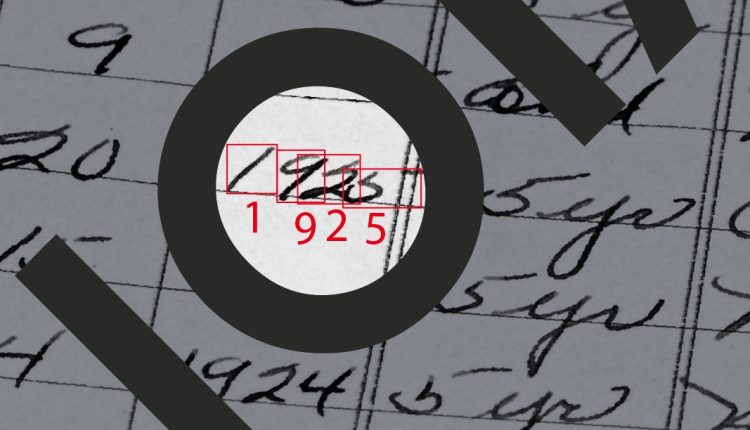In today’s digital age, the ability to convert handwritten text into machine-readable digital text has become increasingly important. Handwritten Text Recognition (HTR) technology plays a crucial role in various applications, from digitizing historical documents to enhancing data entry processes. However, HTR comes with its own set of challenges, and in this article, we will delve into these challenges and explore strategies for overcoming them.
Understanding the Complexity of Handwritten Text Recognition
Handwritten text recognition involves the conversion of handwritten script into machine-encoded text. This technology finds applications in diverse fields, such as document digitization, automated form processing, and even in assisting individuals with disabilities. However, the complexities associated with handwritten text make it a challenging task.
Variability in Handwriting Styles
One of the primary challenges in HTR is the wide variability in handwriting styles. People have different writing styles, and individual variations can be substantial. This makes it difficult for traditional Optical Character Recognition (OCR) systems, which excel at recognizing printed text, to handle handwritten content accurately.
The Problem of Illegibility
Handwritten text can often be illegible due to poor penmanship, fading ink, or paper deterioration. Illegible characters can significantly impede the accuracy of HTR systems, leading to errors in the recognized text.
Overcoming HTR Challenges
Advanced Machine Learning Algorithms
To overcome the challenges posed by handwriting variability, advanced machine learning algorithms have been developed. These algorithms leverage neural networks and deep learning techniques to improve recognition accuracy. Convolutional Neural Networks (CNNs) and Recurrent Neural Networks (RNNs) have proven effective in capturing complex patterns in handwriting.
Data Augmentation
Data augmentation techniques, such as generating synthetic handwritten samples, can be employed to enhance the robustness of HTR models. These techniques help the model generalize better across different handwriting styles and improve its accuracy.
Preprocessing and Noise Reduction
Preprocessing steps like image enhancement, noise reduction, and binarization can significantly improve the quality of input images before they are fed into the HTR system. Removing background noise and enhancing the contrast can make it easier for the system to recognize characters accurately.
Lexicon-Based Approaches
In some applications, employing lexicon-based approaches can enhance HTR accuracy. By limiting the recognition choices to a predefined set of words or phrases, the system can reduce errors and improve recognition speed.
Hybrid Models
Hybrid models combine the strengths of both traditional OCR and HTR systems. These models use OCR for printed text and HTR for handwritten portions, providing accurate results for mixed content documents.
Active Learning
Active learning strategies involve the manual correction of recognition errors by human operators. These corrections are then used to retrain the HTR model iteratively, gradually improving its accuracy.
Continuous Feedback and Evaluation
To maintain the accuracy of an HTR system over time, continuous feedback and evaluation are essential. Regularly updating the model with new data and monitoring its performance can help ensure that it adapts to changing handwriting styles and improves over time.
Applications of Handwritten Text Recognition
The advancements in HTR technology have opened up numerous possibilities across various domains:
Historical Document Preservation
HTR is instrumental in digitizing and preserving historical handwritten documents. This technology makes it easier for researchers and historians to access and analyze valuable archives.
Forms Processing
Businesses use HTR to automate form processing tasks. This includes extracting information from handwritten forms, reducing manual data entry, and minimizing errors in data capture.
Handwritten Text Conversion
For individuals with disabilities that affect their ability to write legibly, HTR can be used to convert their handwritten notes into digital text, making it more accessible and easier to share.
Signature Verification
Banks and financial institutions utilize HTR for signature verification to enhance security in financial transactions. It helps in detecting fraudulent signatures and preventing unauthorized access.
The Future of Handwritten Text Recognition
As technology continues to evolve, the future of HTR holds promising developments. Improved deep learning models, better data collection techniques, and increased computational power will likely lead to even more accurate and versatile HTR systems. Additionally, integration with other technologies like natural language processing (NLP) will enable more advanced understanding of handwritten content.
In conclusion, Handwritten Text Recognition is a critical technology with a wide range of applications. Despite its inherent challenges, advancements in machine learning, data augmentation, and preprocessing techniques have made significant strides in improving its accuracy and usability. By leveraging these strategies and staying at the forefront of technology, we can continue to overcome the challenges of Handwritten Text Recognition and unlock its full potential in various fields.



Comments are closed.